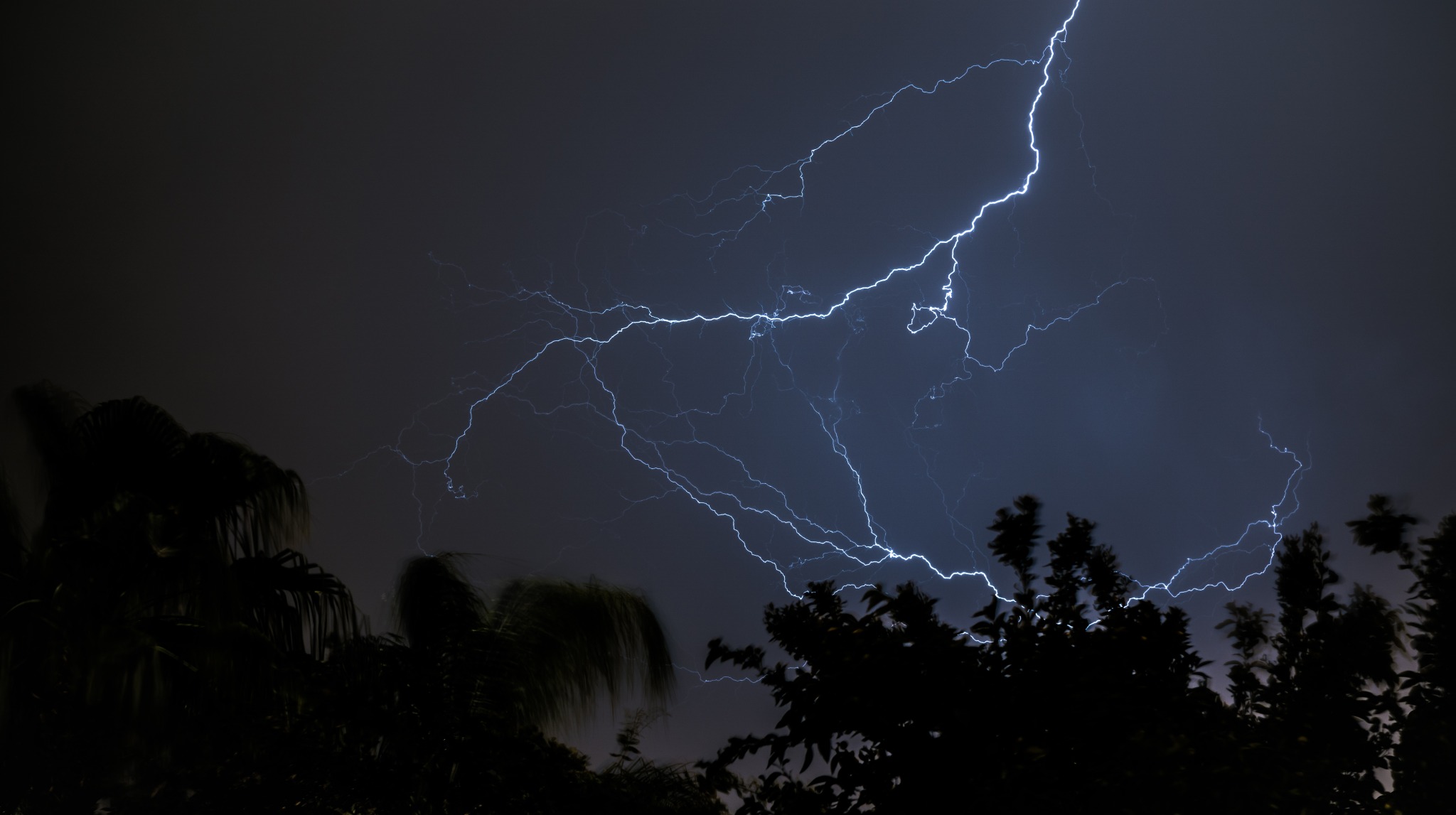Yes, this sounds an odd question, but bear with me.
Last year, my house was hit by lightning. There were no visible signs but the crack that it made overhead told me that something hadn’t happened1. Sure enough, I quickly found that Homeplug connected to my router was no longer working.
It was a short while after the strike before the internet came back on in fact, indicating to me that maybe the local cabinet had been affected and was probably just restarting itself. Our phone cables go via overhead cables so chances are that the lightning struck those. It wasn’t until the next day, switching on my desktop PC, that I found the onboard Ethernet no longer worked – I ended up having to buy a separate card.

Looking around on forums later I found that the new BT Openreach sockets, installed with BT Infinity, no longer have surge protection built in – BT rely on the protection that cabinet gives you. They also, apparently, found issues with fibre connections when used with their previous, surge-protected sockets. Of course, protection at cabinet level is no good if the strike is between you and the cabinet, which I believe it was in this case. I spent a few pounds on a surge protector, which is plugged into my BT socket between that and the router.
At the weekend I visited my brother-in-law and found that he’d had the Ethernet on his laptop stop working, and even his router, , after storms last week. The thing is, he’s on BT Infinity too. And so was his neighbour who had the same thing happen to him at the same time. They share overheard phone cables.
So, here’s the question? If you have BT Infinity, can you trust it during a storm? Personally, I don’t think so and I’d highly recommend anyone using them to get a plug-in surge protector.
- growing up I’d seen houses damaged by lightning and also had, at least once, our TV destroyed by it, so I know the sound! ↩︎

Leave a Reply to Neil MartinCancel reply